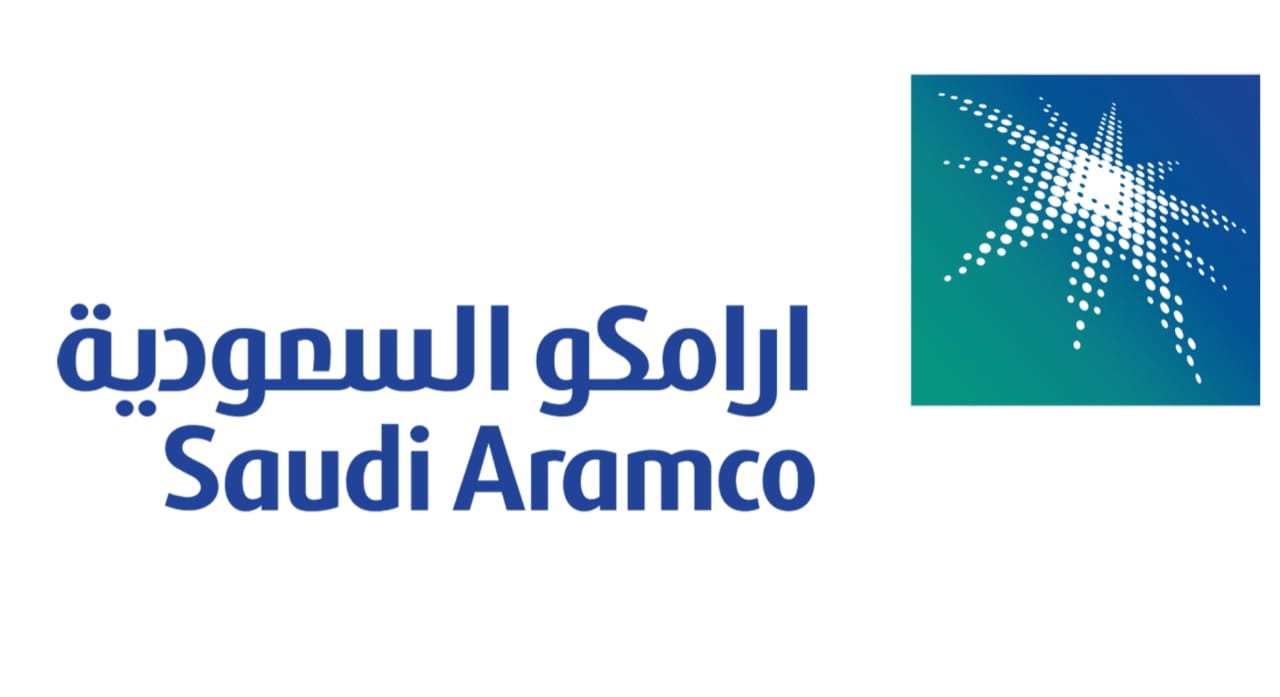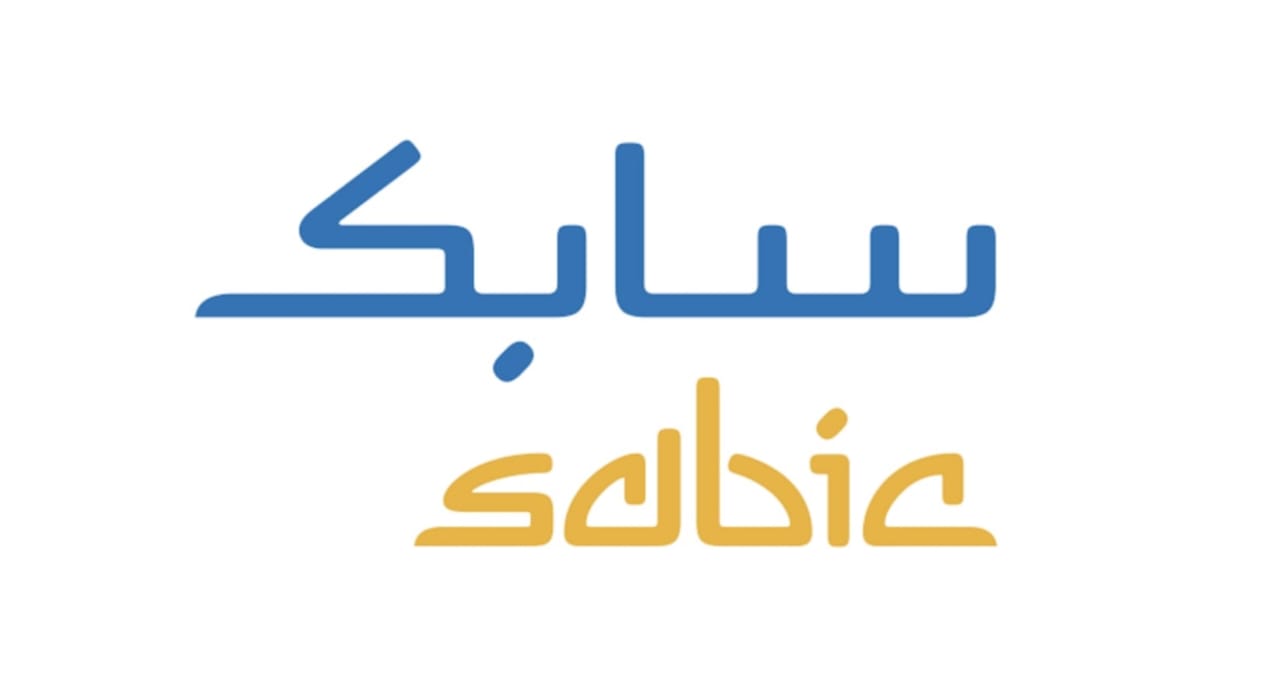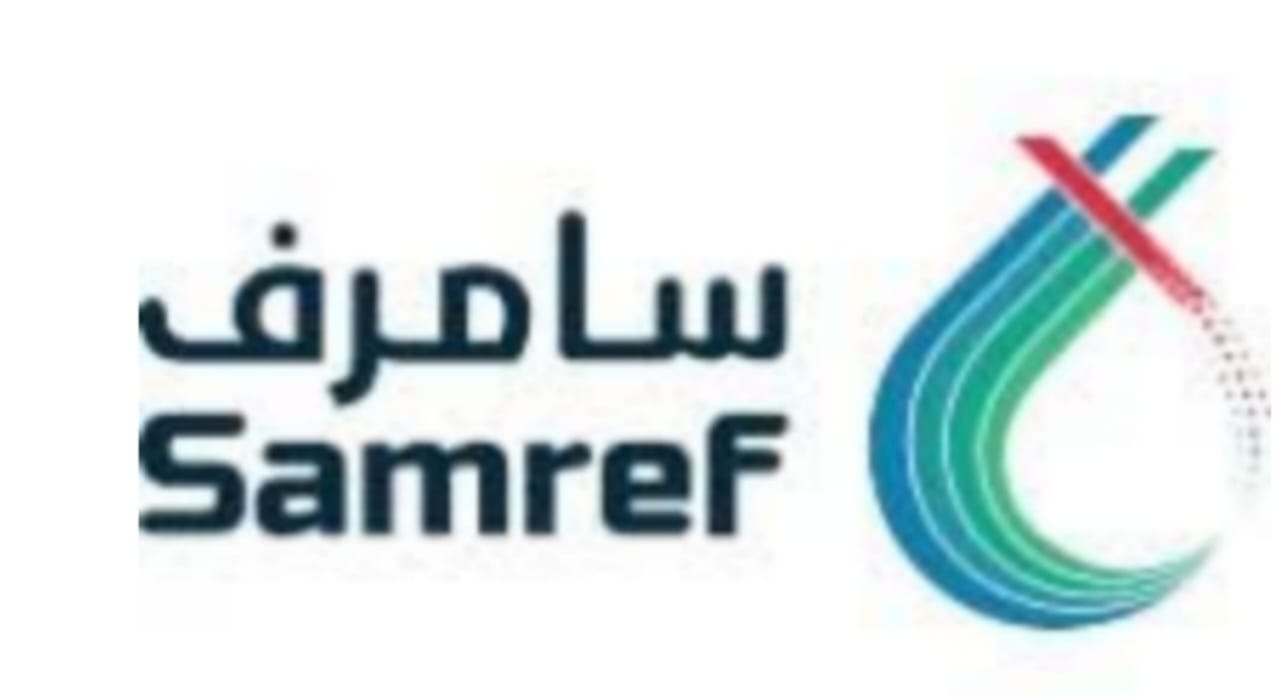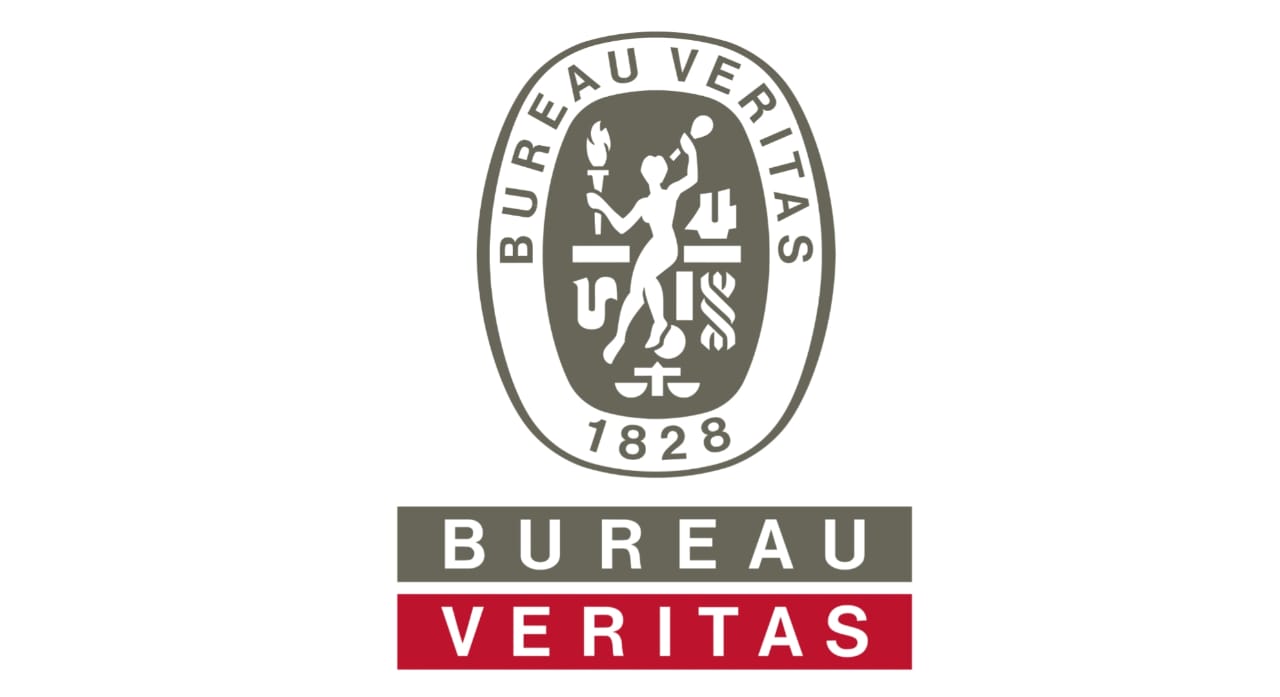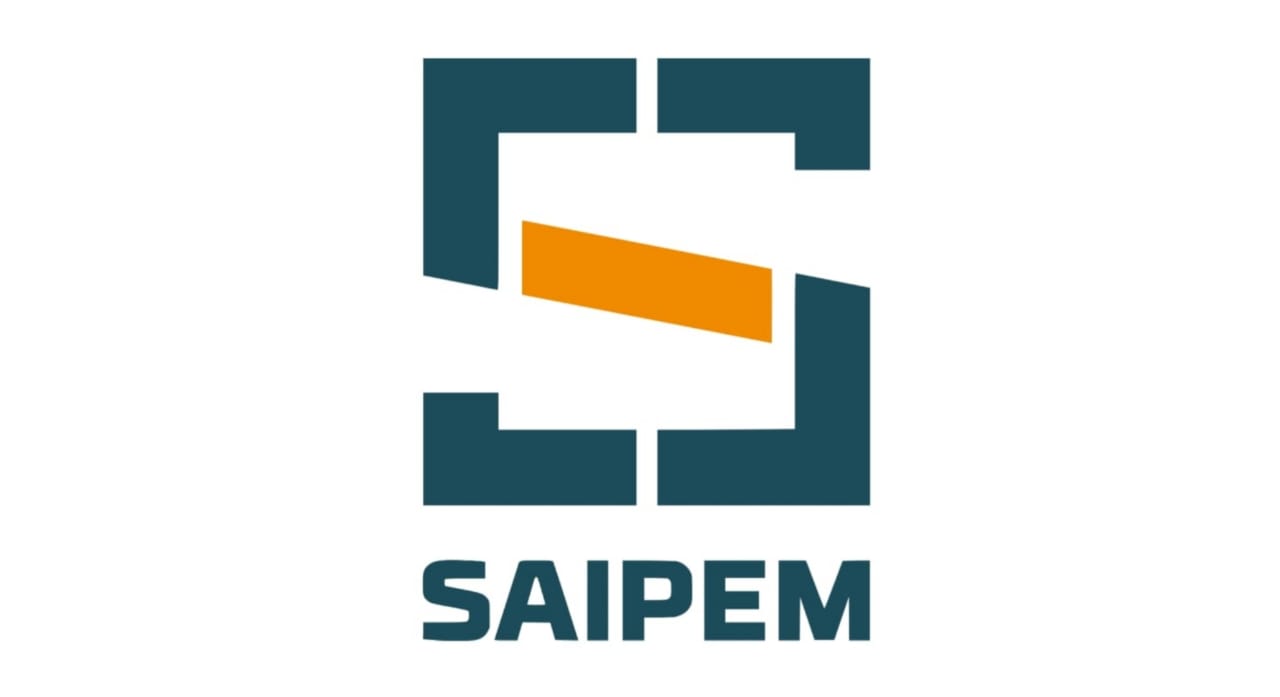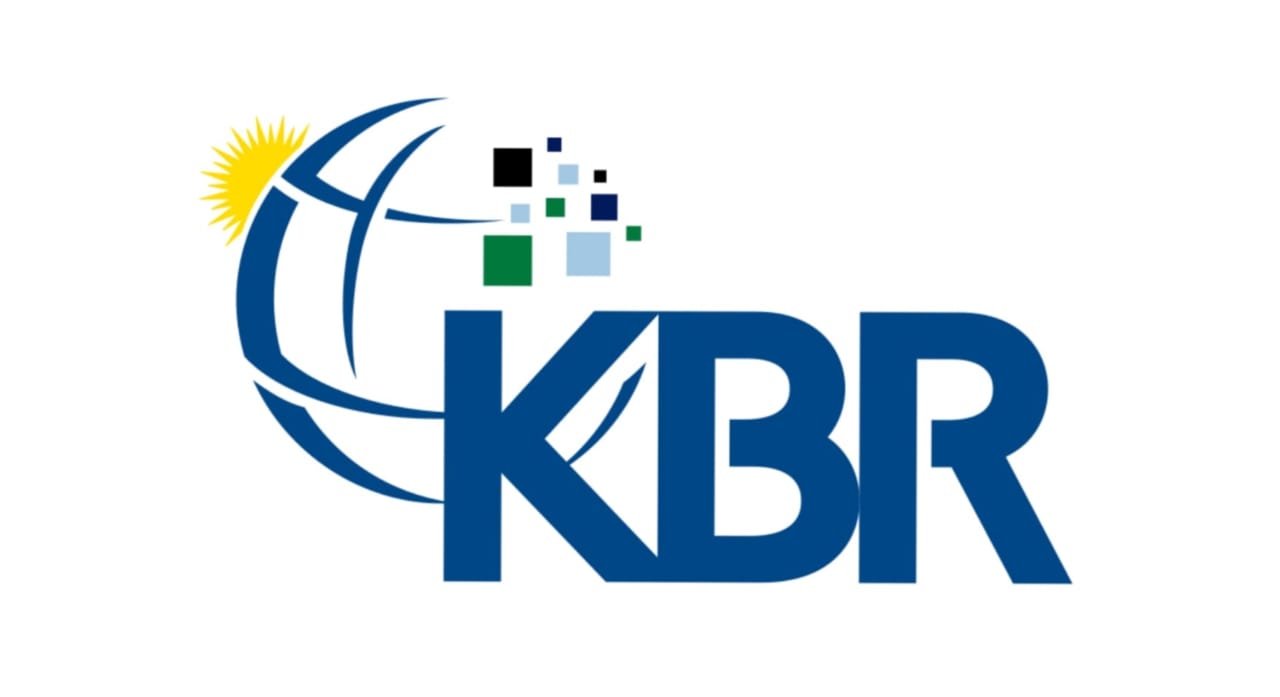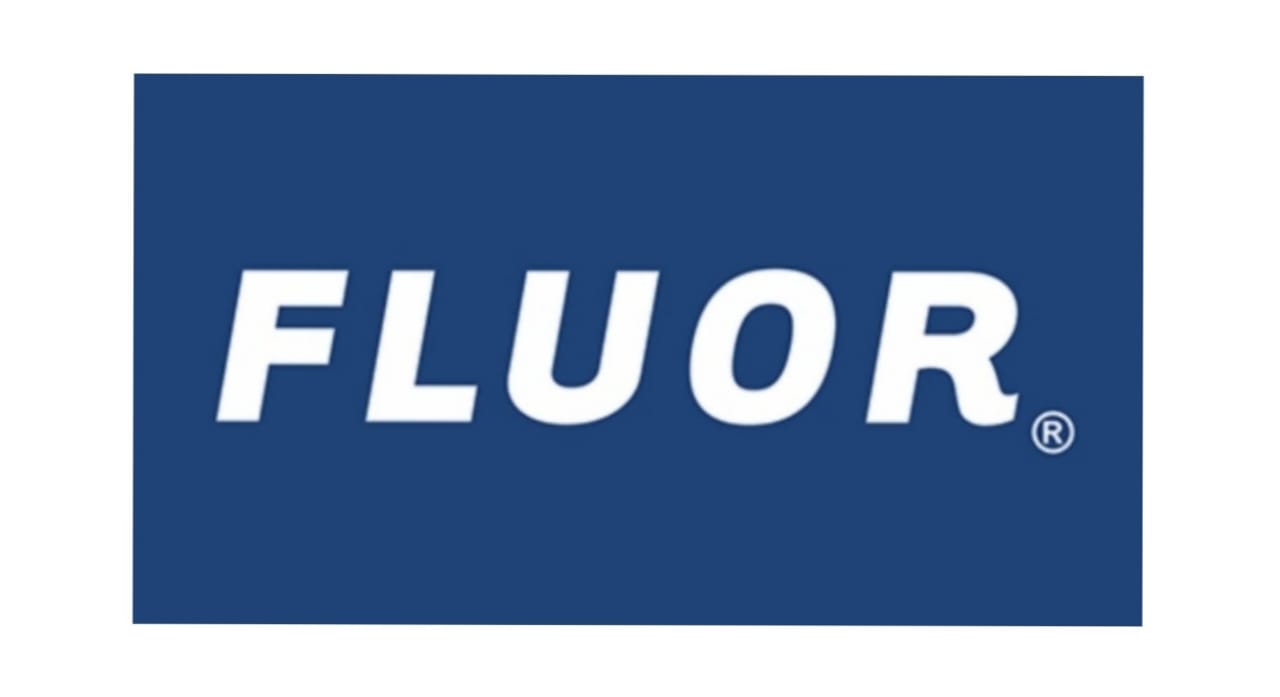Dense Wavelength Division Multiplexing (DWDM)

Request A Demo Today
Please do not hesitate to contact us if you have any queries.
Dense Wavelength Division Multiplexing (DWDM)
Dense wavelength division multiplexing (DWDM) is a fiber-optic transmission technique. It involves the process of multiplexing many different wavelength signals into a single fiber. Each fiber has a set of parallel optical channels, and each one uses slightly different light wavelengths. By enabling multiple signals to be transmitted simultaneously over a single optical fiber, DWDM significantly increases the capacity and efficiency of fiber-optic networks. This technology is fundamental to modern telecommunications, supporting the ever-growing demand for bandwidth in internet, cable television, and telecommunication services. In DWDM systems, each wavelength operates as an independent communication channel, carrying data at high speeds, typically at 10 Gbps, 40 Gbps, or even 100 Gbps per channel. By utilizing the C-band and L-band spectrums of optical fiber, DWDM can support up to 80 or even 160 channels within a single fiber, massively expanding the potential data throughput.
Components of DWDM Systems
1. Transponders: These convert the incoming data signals (usually in electrical form) from various sources into the appropriate optical wavelength for transmission over the fiber.
2. Multiplexer and Demultiplexer: The multiplexer combines the various wavelengths from different transponders into a single optical fiber, while the demultiplexer at the receiving end separates these wavelengths back into their original signals.
3. Optical Amplifiers: To compensate for signal loss over long distances, DWDM systems use optical amplifiers, such as Erbium-Doped Fiber Amplifiers (EDFAs), which boost the signal strength without converting it back to electrical form.
4. Optical Fiber: The medium through which the light signals travel, designed to carry multiple wavelengths with minimal loss and distortion.
Advantages of DWDM
One of the primary advantages of DWDM is its ability to significantly increase the bandwidth of existing fiber infrastructure. This is particularly valuable for telecommunications providers, who can upgrade their networks to handle higher data volumes without laying additional fiber.
Moreover, DWDM is highly scalable. As demand for bandwidth grows, new wavelengths can be added to the system, effectively multiplying the capacity of the network. This scalability makes DWDM an ideal solution for modern networks, where the demand for data is constantly increasing.
DWDM also supports long-haul transmissions. The use of optical amplifiers means that signals can be transmitted over thousands of kilometers with minimal degradation, making DWDM the technology of choice for submarine cables and other long-distance communication links.
Applications of DWDM
The applications of DWDM are vast and varied. In telecommunications, DWDM forms the backbone of high-capacity networks, enabling the transmission of large amounts of data across continents. It is also used in data centers to connect different servers and storage systems with high-speed links.
In cable television, DWDM allows multiple channels to be transmitted simultaneously over a single fiber, enabling the delivery of many channels to subscribers without the need for multiple cables. Furthermore, DWDM is used in financial services for high-frequency trading, where the speed of data transmission is critical.
Challenges and Future Outlook
Despite its many advantages, DWDM technology is not without challenges. The initial cost of deploying DWDM systems can be high, particularly due to the complexity of the technology and the need for precise engineering to manage closely spaced wavelengths. Additionally, maintaining DWDM systems requires specialized knowledge and equipment.
However, the future of DWDM looks promising. As the demand for bandwidth continues to grow with the proliferation of internet-connected devices, streaming services, and cloud computing, DWDM will play an increasingly vital role in expanding the capacity of global communication networks. Advancements in photonic integration and software defined networking are expected to further enhance the efficiency and flexibility of DWDM systems, making them more cost-effective and easier to deploy.
Dense Wavelength Division Multiplexing is a cornerstone of modern optical communication, enabling the efficient transmission of vast amounts of data over long distances. Its ability to maximize the capacity of existing fiber infrastructure while supporting future growth makes it an indispensable technology for telecommunications providers. As the world becomes more connected, DWDM will continue to evolve, driving innovation in global communication networks and meeting the ever-increasing demand for high-speed data transmission.
